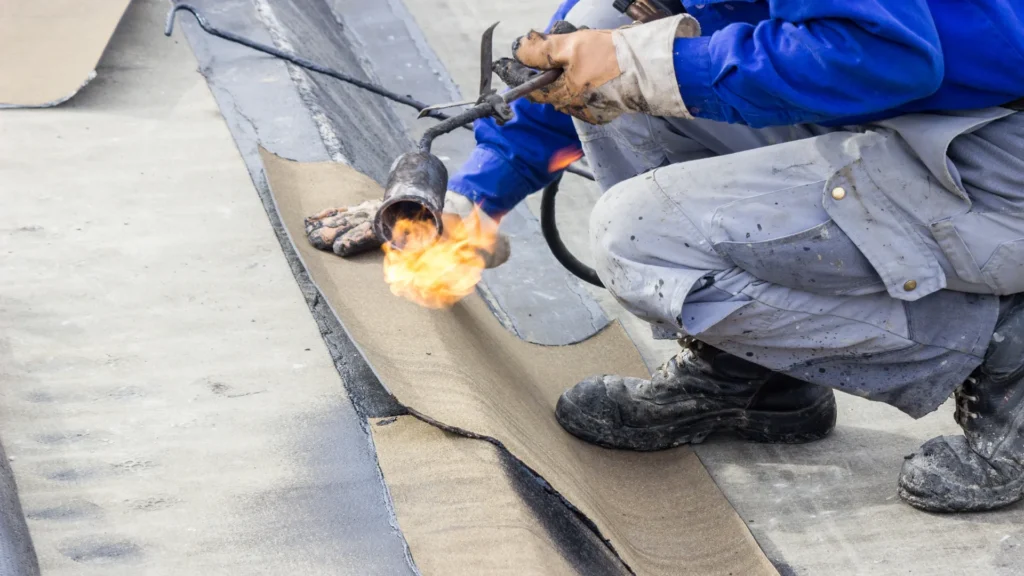Best Waterproofing Solutions for Coastal Areas

Owning a property near the coast is a dream for many, but it also comes with unique challenges. Coastal regions face constant exposure to salty air, heavy rainfall, and high humidity—all of which can weaken building structures over time. Without proper waterproofing, homes in these areas are more vulnerable to cracks, dampness, mold, and corrosion.
At Midas Waterproofing, we understand the demands of Kerala’s coastal climate. In this guide, we’ll share the most effective waterproofing practices that help protect homes and buildings in coastal regions.
Why Coastal Areas Need Extra Waterproofing
Unlike inland locations, coastal zones deal with:
- Salt-laden air that accelerates rusting and corrosion of metals.
- High humidity that seeps into walls and ceilings, creating dampness and mold.
- Intense monsoons that increase water pressure on roofs, terraces, and foundations.
- UV exposure and strong winds that wear down coatings and finishes faster.
Because of these factors, Waterproofing Solutions for Coastal Areas must be more durable, flexible, and resistant.
Waterproofing Solutions for Coastal Areas
1. Choose Salt-Resistant & UV-Stable Materials
- Opt for marine-grade metals (like stainless steel) and epoxy-coated reinforcement bars to resist corrosion.
- Apply UV-stable coatings and membranes to prevent premature cracking and peeling.
2. Use Advanced Waterproofing Systems
- Liquid applied membranes (PU or Polyurea) for terraces and flat roofs, which remain flexible in extreme conditions.
- Cementitious waterproofing with crystalline admixtures for walls and basements to block moisture ingress.
- Protective sealants for windows, doors, and expansion joints to prevent leakage.
3. Focus on Proper Design & Detailing
- Ensure roofs have adequate slope for water drainage to avoid water stagnation.
- Install gutters, downspouts, and French drains to direct water away from foundations.
- Use overhangs, flashings, and joint sealants to protect vulnerable corners and edges.
4. Surface Preparation is Key
- Clean substrates thoroughly, removing dust, algae, and old coatings.
- Repair cracks before applying new waterproofing.
- Apply multiple layers (primer, membrane, topcoat) for long-lasting results.
5. Regular Maintenance & Inspection
- Inspect roofs, terraces, and walls every season.
- Reseal joints and apply fresh topcoats every few years.
- Act on small leaks immediately before they turn into structural problems.
Coastal Waterproofing in Kerala
Kerala’s coastal belt experiences long monsoons and high humidity, making waterproofing even more critical. Common issues like peeling paint, mold, and roof seepage can be avoided with:
- High-quality waterproof membranes.
- Proper ventilation indoors to reduce condensation.
- Salt-resistant materials in structures close to the shoreline.
Mistakes to Avoid
- Using cheap, non-UV resistant sealants.
- Ignoring roof slope and drainage.
- Poor surface preparation before coating.
- Delaying maintenance and small repairs.
Conclusion
Living near the coast is rewarding, but only if your home is well protected from the elements. By choosing the right materials, applying effective waterproofing systems, and maintaining them regularly, you can safeguard your property against Kerala’s coastal climate.
At Midas Waterproofing, we provide expert Waterproofing Solutions for Coastal Areas—ensuring durability, protection, and peace of mind.
